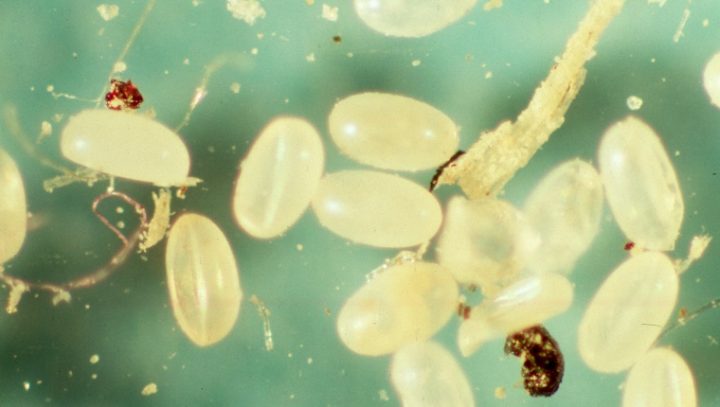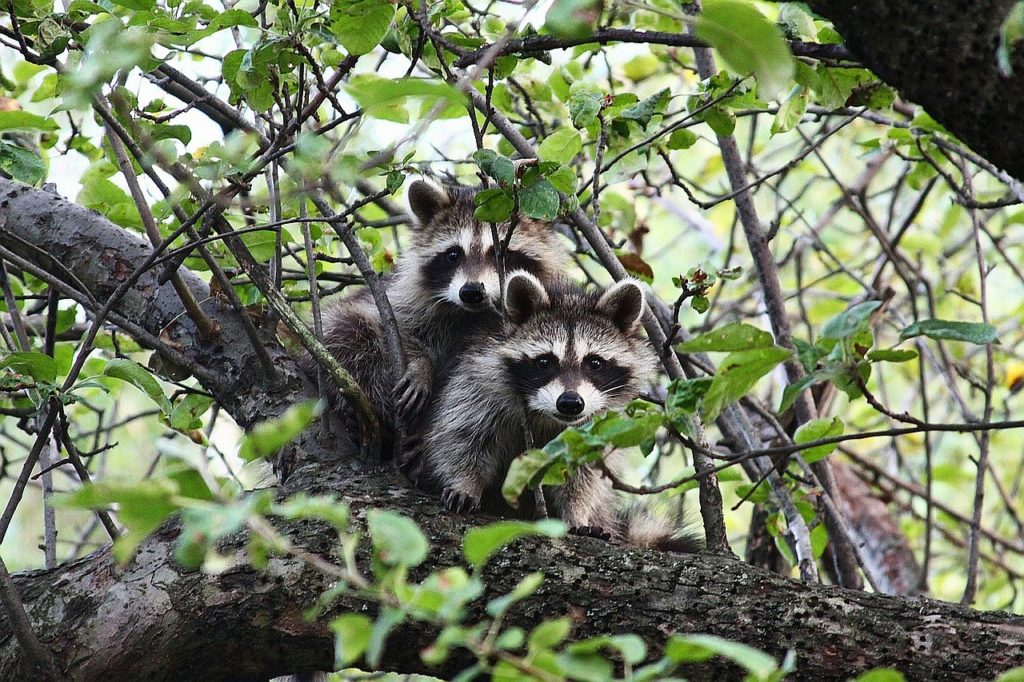Fleas are very problematic pests. They easily thrive in different environments and are resilient. You may find yourself struggling to get rid of the fleas on your pets, especially your dog. So, why does your dog still have fleas after you have tried every flea-killing technique out there?
You are probably missing something important. Here are the common reasons why your dog still has fleas after all your efforts.
1. Your dog still has fleas because you are not treating it enough
There is a variety of flea treatments you can choose from. You can use a flea comb and get rid of the fleas manually. You can also use over-the-counter treatment and prescription medication and get rid of fleas using science.
But these flea treatments will be ineffective if you don’t use them enough. Fleas have a simple life cycle. They start from eggs, become larvae and pupae, and end as adult fleas. But this simplicity can be a reason why fleas are hard to kill. Many flea treatments only target the adult fleas. This leaves the fleas on other stages of their life cycle alive in your dog.
Fleas also reproduce fast, so they can easily replenish the fleas that have been killed by your flea treatments. So, it’s best to frequently use the treatments to ensure that you kill all the fleas, up to the last one.
2. You only treat the fleas you see with your own eyes
You can use the most potent flea treatment in the world, but your dog will still have fleas if you don’t use the treatment effectively. One common mistake is using the treatment only against the visible fleas. For example, the neck and the tail are the favorite spots of fleas. So, dog owners may end up focusing too much on these spots and disregard the other spots where fleas can thrive.
Dog owners also have the tendency to disregard the eggs, larvae, and pupae. This is really not a good idea, because fleas spend most of their lives in these stages of their life cycle. It can be said that the majority of your flea problems come from these three stages.
If you want to get rid of fleas for good, you have to kill all the fleas, both those that you can see crawling around and those that you cannot.

3. You don’t clean your home, especially the hot spots for fleas
Fleas can thrive not just in your dog but also in your home. They can thrive in your dog’s bedding. They can stay in soft padded furniture like beds, chairs, and sofas. Carpets and rugs are also some of their favorite spots.
Maybe your dog still has fleas because you don’t clean your home enough, especially these hot spots. Your dog’s treatment will be useless if your dog will just be infested again and again by the fleas thriving in your home.
Make sure to clean these spots properly. Be on the lookout for particles that look like coffee crumbs. These may be flea eggs. Use a vacuum to clean these spots and throw the vacuum bag in a trash bin outside your home. You can also steam clean to kill these pests with heat.
If you want a more complicated but more effective approach, you can try using bug bombs and toxic fumes. The downside here is that you have to leave your home for a few hours to let these insecticides do their magic.
4. You don’t maintain your yard, giving the fleas an opportunity to thrive there
Your home is your bastion against the dangerous things you can find in nature. But sadly, these dangerous things can still thrive near your home. Fleas are a perfect example. These pests can thrive just outside your home, in your yard, where they are close enough to become a problem.
Your dog can contract the fleas from your yard and start an infestation within itself and around your home. If you treat your dog but it seems like its fleas don’t go away, it may be contracting the fleas from your yard repeatedly.
Get rid of the fleas in your yard by cutting the bushes and grasses short. Tall greens are attractive spots for fleas. Also give particular attention to shady spots, such as the ground on the bushes and the shady areas under the trees. Shady spots have the perfect temperature that will not kill fleas, so the pests end up thriving there.
5. Your dog is getting re-infested by fleas from other animals
If you have another pet in your house other than your dog, be wary. This pet may also be a reason why your dog can’t get rid of its fleas. It may be getting re-infested by fleas from other pets.
Make sure that you are also treating the other pets that constantly contact with your flea-infested dog. It is also ideal to let them avoid contact with each other to prevent the further spread of the fleas. Also be mindful of other pets that can make contact with your dog, such as the pets in the park. They too can cause a re-infestation.
Keeping your yard clean is also really essential. If you don’t maintain your yard, you’re not just letting fleas thrive there on their own. You are also inviting other animals to bring their fleas with them, such as stray cats and raccoons.

The secret is to kill all the fleas and maintain the cleanliness of your surroundings
If you want to completely eradicate your dog’s flea problem, you should actually kill all the fleas, in all its life cycles. That may seem like obvious advice, but many dog owners still seem to overlook it.
Use the appropriate flea treatments for your dog and apply them frequently. But still make sure you are following the directions on their labels and from the vets. Clean your home, so even if your dog spreads the fleas all over your house, the pests will not have an opportunity to thrive. Also maintain your yard and be mindful of other animals that can cause re-infestations.
Follow these tips and your dog will finally be flea-free.

